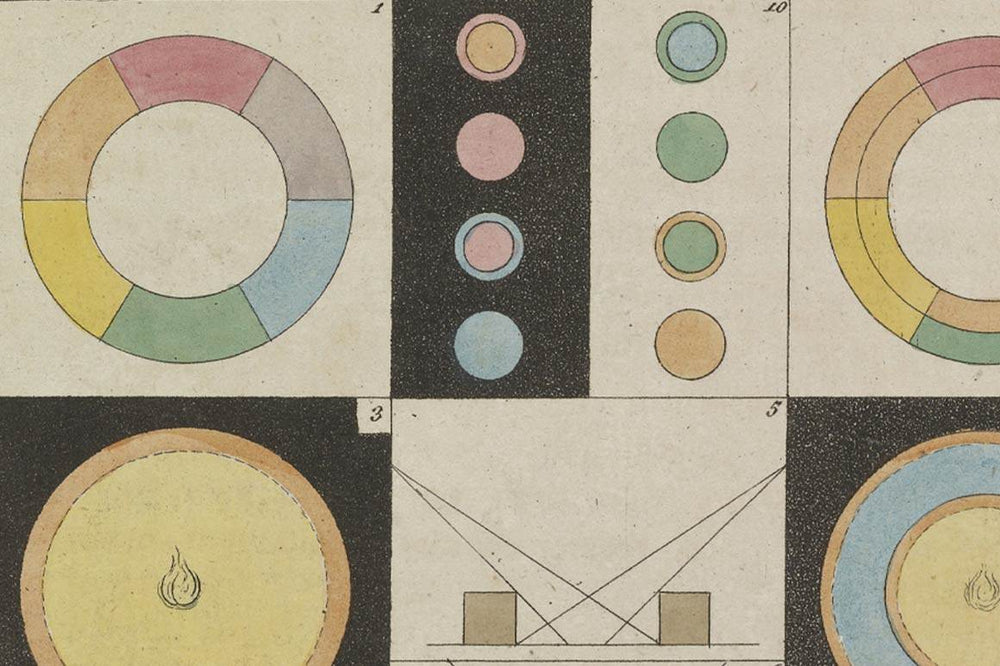Before I get into color theory, I have a confession to make. I will reveal a secret I’ve kept for the last forty years.
As a young art student, I sought a class to satisfy my degree's math and science requirement. I thought I found the perfect compromise – I didn’t want to take ANY math or science, so I enrolled in a class called “Physics of Light and Color.”
In that class title, I saw “light” and “color.” I didn’t account for the “physics” part. I am terrible at math and physics is like super math. The class was challenging for me. What’s worse is it was right after lunch. I fell asleep during every lecture.
We were in a big hall. I sat in the back and felt invisible. I was not invisible. Having been a professor for nearly two decades, I notice people falling asleep when talking to them, no matter the audience's size. I owe that professor an apology. I got a C in my physics class and was lucky to get that. I did learn a lesson, though. One shouldn’t name one’s class (or one’s article) something IF one does not plan to keep that promise.
For my part, I swear that this article is on the ABCs of color theory, albeit written by a C student in the physics of color. I will tell you three things about color, in the order of A, B and C. And just for you, I will throw in the letter D for free.


